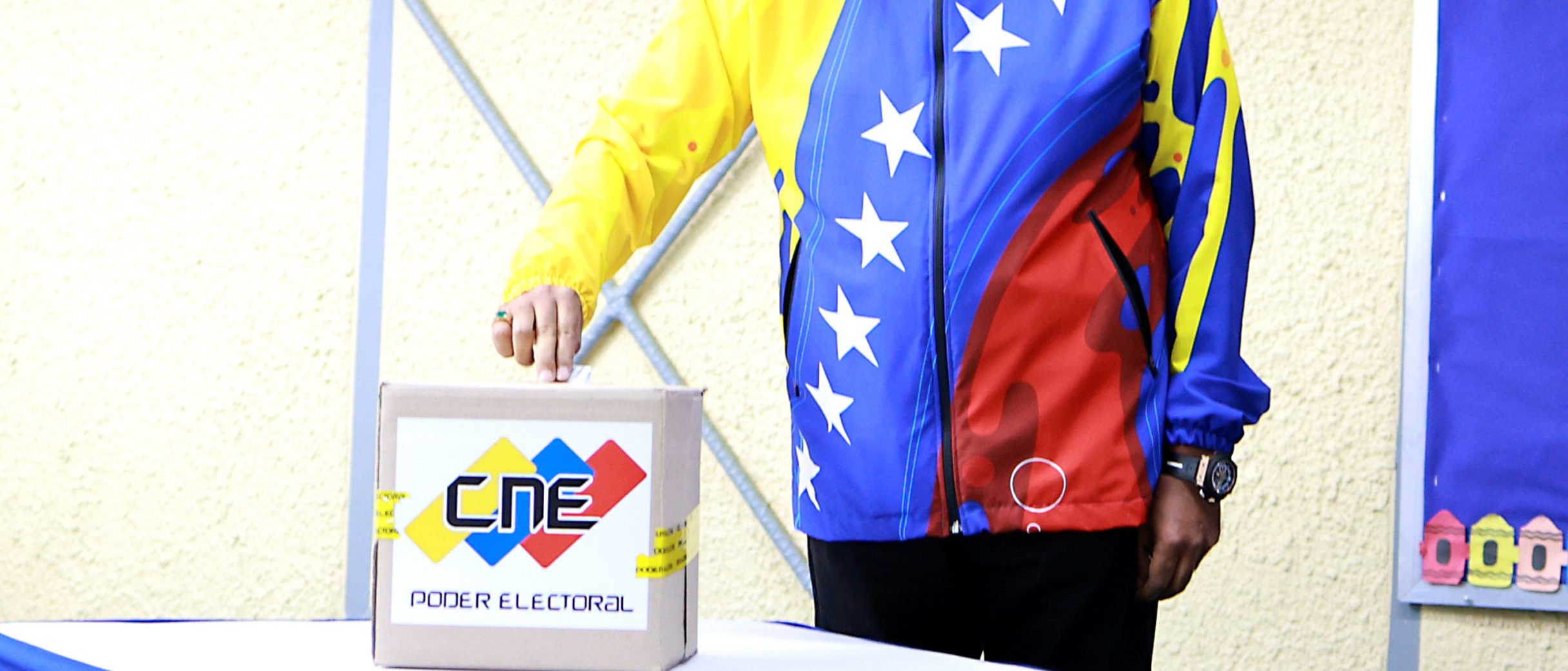
www.inspiremore.com
“Bob The Cap Catcher” Is Making Waves With Olympic Swimming Fans
If you thought the athletes of the Olympics were making headlines, just wait until you meet “Bob the Cap Catcher.” This gentleman, whose job it is to retrieve the fallen caps of the swimmers from the water, stole the show yesterday.
@nbcolympics Who do you call when a swim cap falls in the pool? “BOB THE CAP CATCHER.” #ParisOlympics #swimming #swim #swimmer #olympics #mygoat ♬ original sound – NBC Olympics & Paralympics
“Bob The Cap Catcher” Stealing The Show And Hearts
NBC Olympics commentators, who gave “Bob” his nickname, were having a great time narrating the events of the cap catcher as he grabbed Team USA’s Emma Weber’s cap from the pool floor.
That name was so catchy that the other commentator and the rest of the world agreed.
“That is what we need to call him, Bob the Cap Catcher,” someone wrote on Instagram.
Bob first caught the attention of the people and the commentators because of his loud swimsuit. Before diving into the water, he was seen strutting around the pool in a bright and cheery neon-colored Speedo.
Commentor one mentioned that the diver was ready to go in with a chuckle. The second commentator follows up with, “Is there anything better on the pool deck than that speedo right there?”
Olympic Swimming
For those who just tuned in for Bob, the two commentators were sure to give some facts about Olympic swimming that the viewers may not have previously known. First, cap catching is a real job. While the title is humorous, there is typically a diver who goes in and retrieves the caps of the swimmers.
Secondly, most swimmers will wear more than one cap. This is in case the first cap falls off, as it did in this instance. Additionally, some swimmers might even don three caps. It is all dependent on the hair type and the amount of hair the swimmer has.
However, regardless of how many caps the swimmers have, they should not fear. “Bob the Cap Catcher” is always near!
The source of the featured image is here.
You can find the source of this story’s featured image here.
The post “Bob The Cap Catcher” Is Making Waves With Olympic Swimming Fans appeared first on InspireMore.













